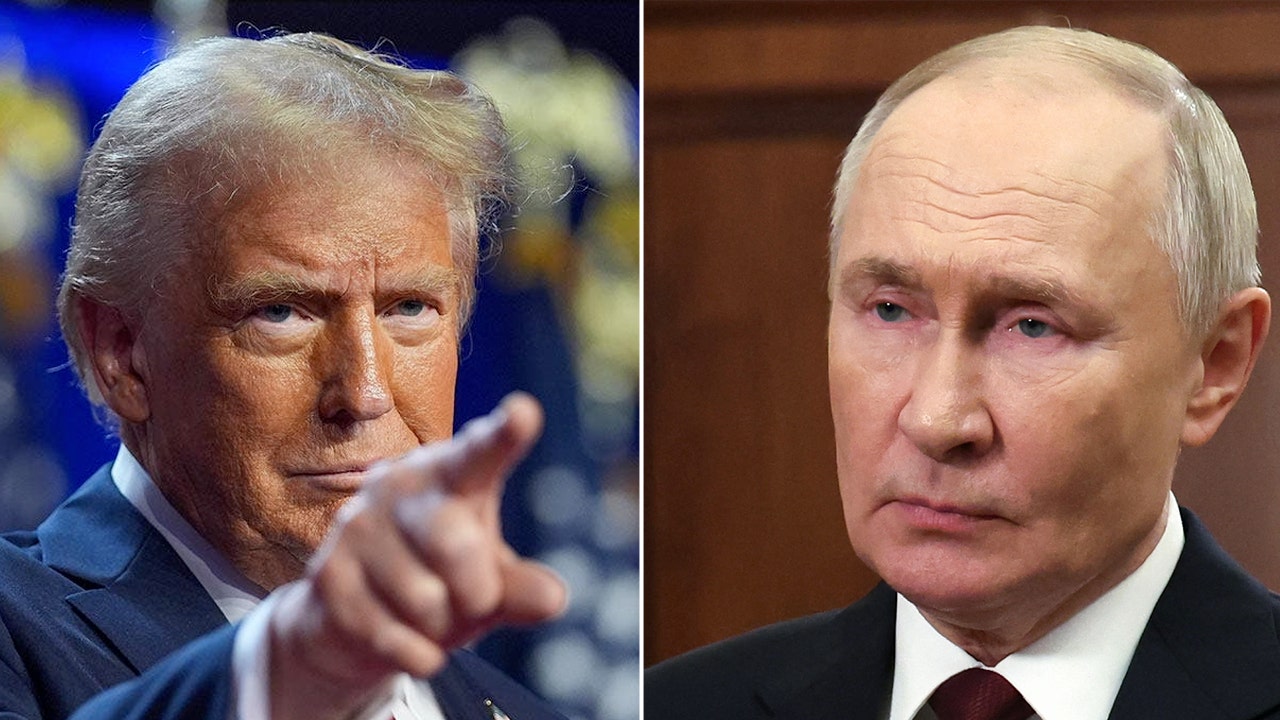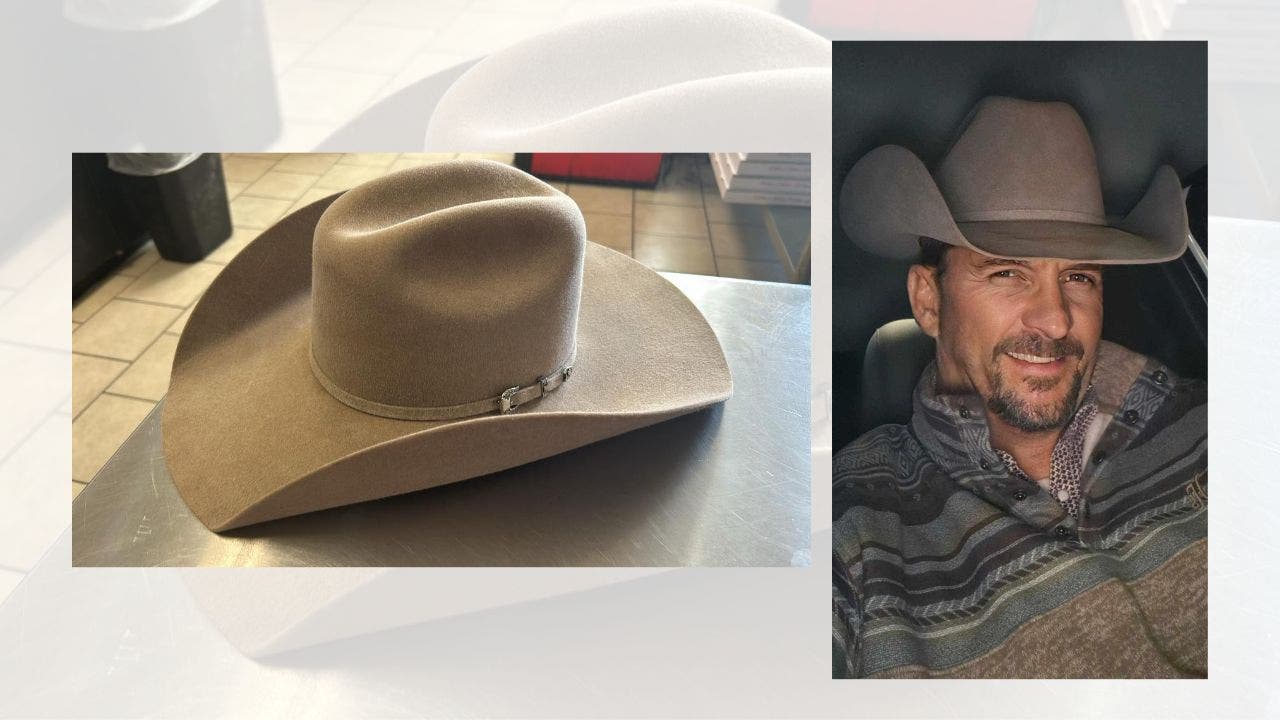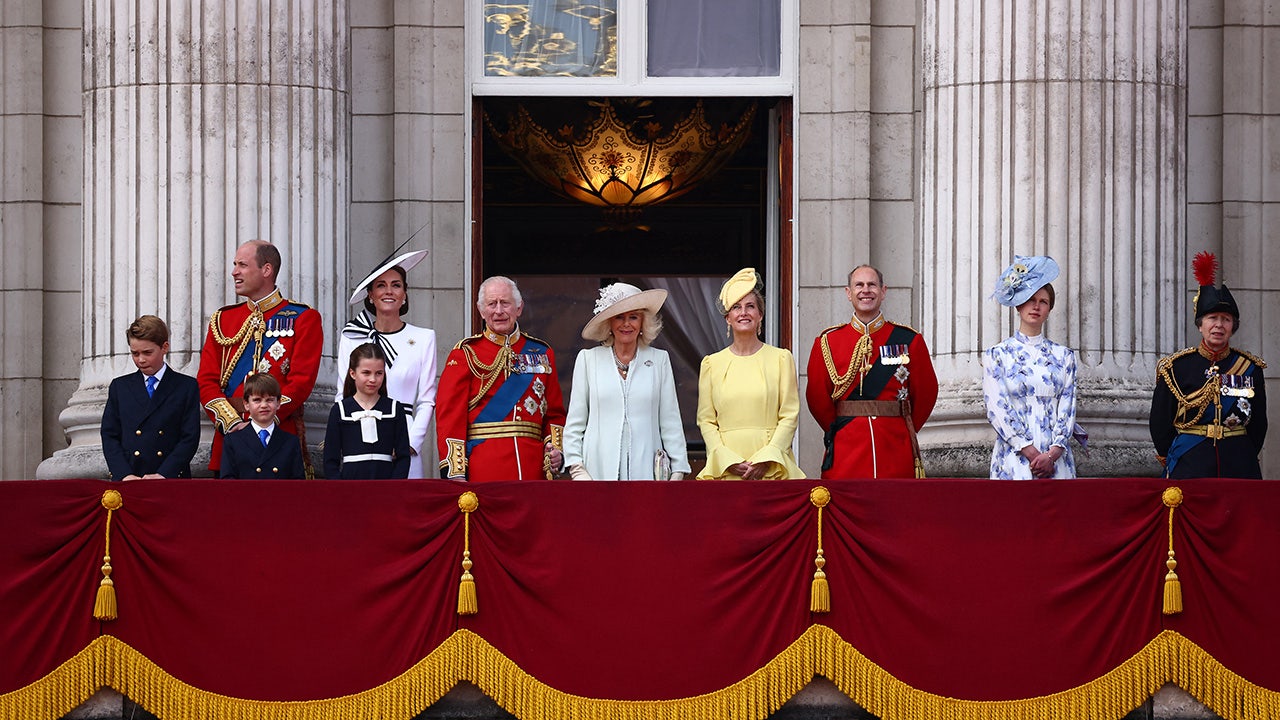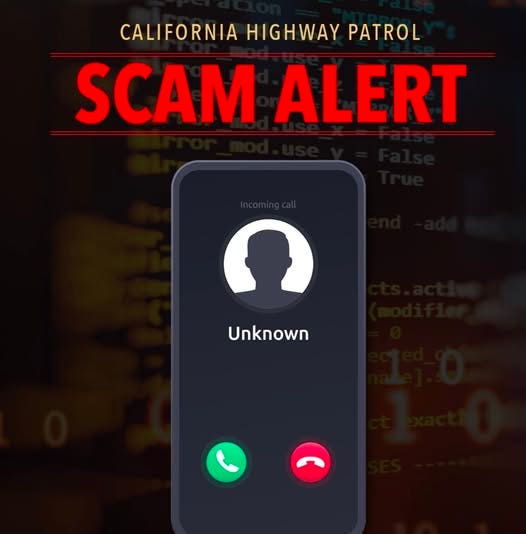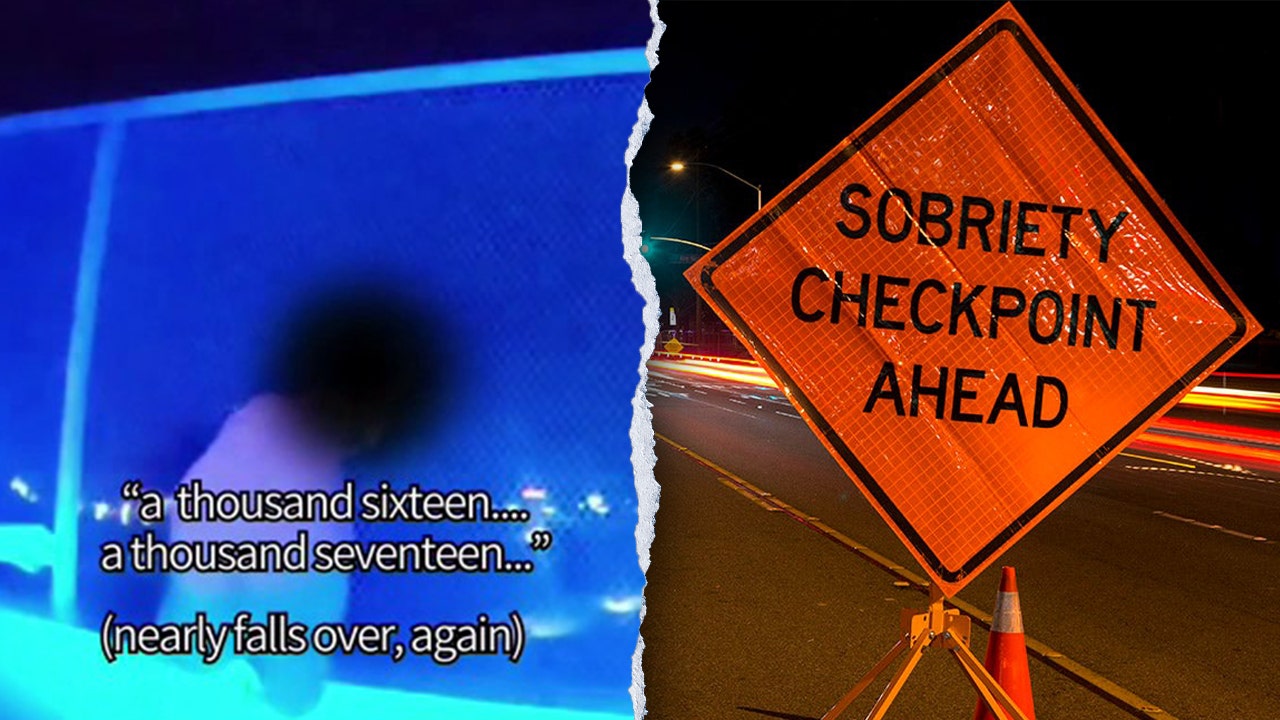CRPA Offers a Press Guide to Kamala Harris’ History on Gun Control
The California Rifle and Pistol Association (CRPA), one of the largest state rifle and pistol associations in America and the oldest 2A organization in California, sits in a unique position to fully understand Democratic presidential hopeful Kamala Harris’ record on gun rights. It is in California, that Harris began and grew her legal and political career first as an assistant district attorney, then as attorney general of the state and on to become a U.S. senator for the state before becoming the current vice president. As vice president, she sat virtually unnoticed for 3½ years except for her stint as the Border Czar, under whose leadership or lack thereof saw a border that was porous to historical proportions, or as the head of President Joe Biden’s Office of Gun Violence Prevention, which is the administration’s effort to enact universal background checks, ban modern sporting rifles and magazines that hold more than 10 rounds and push red flag laws. Harris now also claims to have had a hand in every major decision made by the current administration in the White House over that same time period. Take that confession, er umm, statement as you see fit.
Given their front row seat to Harris’ political evolution on gun issues, CRPA reports they have “received numerous questions regarding the background and stances of Kamala Harris on Second Amendment issues.” In response, the group has released this Reporter’s Guide, which they hope will answer many of the pressing questions regarding Kamal Harris’ view on firearms as evidenced by her past actions, not simply by what she is claiming on the campaign trail as she seeks to broaden her appeal to more Americans.
In releasing the guide, CRPA noted in addition to answer questions the press has had about Harris on guns, they hope it will also “help with additional unanswered questions that should be asked by the press in the future.” While a great tool for the press, the guide also serves as a valuable tool to voters, particularly those who may own a firearm or want to one day own one, but are not necessarily ardent members of the 2A community. It will also serve voters who have no interest in or little knowledge of firearms issues personally, but do care about their rights as American citizens or for the newcomers to this country, the rights they will have should they ever earn citizenship.
What follows is taken directly from the CRPA’s Press Guide:
Harris’ Recent Comments on Guns
Kamala Harris has taken an interest in projecting to voters that she is not opposed to gun rights, at least insofar as it pertains to handguns. In a recent interview, she debuted her stance on the Second Amendment. The Vice President, who had previously never met a gun control proposal she didn’t like, said that if “somebody breaks into my house, they’re getting shot. [laughter] Sorry, probably shouldn’t have said that! [more laughter] But my staff will deal with that later.” (https://www.youtube.com/watch?v=wSNSq19z2C4)
Then, in an interview with 60 Minutes, when asked what kind of gun she has, Harris answered that she owns a Glock handgun but did not specify what model or which generation. (https://www.youtube.com/shorts/aC6EK2in544)
Paired with her constant new refrain that she and her running mate Tim Walz are gun owners, the Harris Campaign wants to send the message to swing state voters that while Kamala Harris endorses universal background checks, red flag laws, and a ban on so-called “assault weapons” (i.e., common semiautomatic rifles), she is otherwise very much pro-Second Amendment. Harris is thus trying to give voters the impression that while she doesn’t want regular citizens to have guns like AR-15s (some of the most popular rifles in the U.S.), their right to own and acquire handguns is safe under a Harris administration. Without revealing the type of Glock Harris possesses, it is unclear if she possesses an unlawful firearm that is not allowed in California under policies that she fought to implement.
Historical Issues With Harris’ Current Comments
The trouble is, there is little reason to believe Harris’ recent comments are anything more than election pandering. Harris’ history makes her sudden claims of support for widespread handgun ownership suspect, as she has consistently opposed and obstructed that right for decades.
As district attorney in San Francisco, she backed Proposition H, which would have banned all handguns in the city had a lawsuit not stopped it. (https://thereload.com/kamala-harris-backed-san-francisco-handgun-confiscation-measure/)
Later, she led an effort by many district attorneys to urge the Supreme Court to rule that there was no individual right to keep and bear arms, and then held a press conference to criticize the Heller ruling when the Supreme Court ultimately disagreed with her by accepting the individual rights interpretation of the Second Amendment. (https://www.scotusblog.com/wp-content/uploads/2008/01/07-290_amicus_district_attorneys.pdf)
In 2013, acting as California Attorney General, Kamala Harris implemented the microstamping requirement of California’s “Unsafe Handgun Act,” which effectively banned the sale of modern handguns in California for a decade until CRPA’s lawsuit, Boland v. Bonta, got an Orange County federal court to enjoin enforcement of that requirement in 2023. (https://oag.ca.gov/sites/all/files/agweb/pdfs/firearms/infobuls/2013-BOF-03.pdf)
Then there is Harris’ hypocritical purported Glock ownership, a gun California defines as “unsafe”, regardless of the model and generation of Glock pistol it is.
Harris’s Support of Proposition H (Proposed San Francisco Handgun Ban)
As has now been covered by various outlets , Kamala Harris supported a 2005 ballot measure that banned San Francisco residents from possessing pistols. The San Jose Mercury News reported at the time: “Although Mayor Gavin Newsom has not taken a position, several of the city’s most liberal leaders are supporting the far-reaching ban — including District Attorney Kamala Harris and four supervisors who are listed as sponsors.” The measure also banned “all City residents, without exception, from selling, distributing, transferring and manufacturing firearms and ammunition.”
The CRPA, NRA, and Second Amendment Foundation sued to stop the ordinance from taking effect and were represented by Michel & Associates, P.C. In January 2008, a California state appeals court struck down Proposition H. It ruled San Francisco had overstepped its authority in instituting the ban.[1]
In addition to losing on the merits of the legal claims, the court also ordered San Francisco to pay hundreds of thousands of dollars in legal fees to the plaintiffs as prevailing parties in the suit. San Francisco appealed the decision, but the California Supreme Court declined to take up that appeal.
Harris Opposes the Individual Right Confirmed in the Supreme Court’s Heller Decision
The Supreme Court’s landmark case on the Second Amendment is District of Columbia v. Heller. In Heller, the high court ruled that the Second Amendment protects an individual’s right to keep and bear arms and does not require participation in a collective entity like a militia. It also held that statutes banning handgun possession in the home violate this core Second Amendment-protected right. (https://www.oyez.org/cases/2007/07-290)
In the leadup to the case, Kamala Harris helped organize a coalition of district attorneys to submit an amicus curiae brief that expressly urged the Supreme Court to rule in favor of Washington DC’s ban on handguns, and to rule against the individual rights interpretation of the Second Amendment. (https://x.com/CRPAPresident/status/1839452104538419499)
Excerpts from that brief:
Following the Heller ruling against Harris’ position, she held a press event with then-Mayor of San Francisco Gavin Newsom to criticize the landmark decision https://www.youtube.com/watch?v=a-G1VGJBWcU
Harris Implements the Microstamping Technology Requirement for Semiautomatic Pistols in California as Attorney General
In 1999, the California legislature enacted the Unsafe Handgun Act, which barred the sale of new handguns in California unless they passed certain safety tests and included certain “features.” If the guns passed, they were included on the State’s handgun roster and able to be sold new in gun stores to the general firearms-eligible public. This prohibition did not apply to law enforcement, nor to an ever-expanding list of other quasi-law enforcement type government agency personnel such as the Department of Motor Vehicles, harbor or port districts, and the investigation division of the Department of Consumer Affairs.[2] Such exempt law-enforcement personnel could continue to purchase handguns that California law deemed “unsafe” at retail firearms dealers.
This immediately constrained the California handgun market, however, a few new guns continued to make it onto California’s handgun roster.
Enter “Microstamping”
Despite these strict requirements, one feature requirement passed by the legislature in 2007 had gone unenforced for years. The law included a requirement for microstamping, an experimental technology under which the firing pin of a pistol would include a microscopic array of characters that identify the make, model and serial number of the pistol. The idea was that when the firing pin struck the cartridge to fire a bullet, it would leave an indentation on the spent casing that law enforcement could then use to identify the handgun used and its registered owner.
The idea was silly in several ways. Criminals usually use stolen guns, not their own, so identifying the registered owner was meaningless. At most, the identification mark would identify the initial lawful owner of the gun, whom it was stolen from. Even if it was a gun the criminal had purchased legally, they could file down the firing pin slightly to destroy the array of characters. Or, they could replace the firing pin with another. Or, they could make sure to collect their shell casings. Finally, they could just use a revolver for their crimes.
Additionally, the original microstamping requirement required micro stamped indentation on two locations of the brass casing, which made the technology essentially impossible to adapt. Years later, California later amended the requirement to only one location.
But aside from the comical ineffectiveness of the idea, the technology has also simply never existed outside of a laboratory setting. Even the gun-hostile California legislature recognized this, so they wrote into the law that it would only take effect once the Attorney General “certifies that the technology used to create the imprint is available to more than one manufacturer unencumbered by any patent restrictions.” Thus, microstamping did not take immediate effect, and handguns that had at least an MDM and CLI like the Shield could be sold new in California, along with pre-2007 handgun models that were grandfathered into the Roster.
Attorney General Kamala Harris Puts Microstamping into Effect, Effectively Banning the Sale of New Semiautomatic Handguns in California
On May 17, 2013, then-Attorney General of California Kamala Harris decided to issue a certification that the microstamping technology is available to more than one manufacturer unencumbered by any patent restrictions. From then on, a semiautomatic handgun could only be sold in California if it had certain features and microstamping. The obvious issue was that the technology did not exist outside of a laboratory setting, and it still does not today. Making a few micro stamped firing pins for an experiment is one thing, but mass production is another.
No new semiautomatic handguns entered the roster from 2013 on, so the law effectively mandated obsolescence in the semiautomatic pistol market while citizens throughout the country could choose from the newest models.
Kamala Harris’s action meant the overwhelming majority of Californians who were not exempted from the law could not purchase popular handguns first released after 2013, such as all Gen 4 & 5 Glocks, the Sig Sauer P365, Smith & Wesson M&P 2.0 models and many more models from dozens of arms makers.
The Hypocrisy of Kamala Harris’s Glock Handgun
In an interview with CBS’ popular program 60 Minutes, Kamala Harris claimed to own a Glock. She does not state what model, or which generation. In California, only Generation 3 Glocks can be sold to regular citizens because they were grandfathered onto the roster before the accessory requirements took effect (and before microstamping). But they are still legally considered “unsafe” handguns, even though they can still be sold due to the grandfathering. Why doesn’t Harris own a gun that California considers “safe” for regular citizens to purchase, considering her strong support and instrumental role she played in the Unsafe Handgun Act?
In fact, Harris not only supported the Roster by triggering the enforceability of the microstamping requirement, she also defended the law as Attorney General against various lawsuits, including in Pena v. Lindley. There, she argued that among other things, the roster was constitutional even though it required chamber load indicators, magazine disconnect mechanisms and microstamping, and had prevented new handguns from being sold in the state.[3]
Thus, if Harris owns a Generation 3 Glock, she is a hypocrite for owning a handgun that she argued is “unsafe” for citizens.
But the hypocrisy gets even worse if she owns a more modern generation of Glock pistol. Glock has continued to make the Generation 3 models almost solely for the California market, but its Generation 4 and 5 models, popular in the rest of the country, cannot be sold new to regular citizens in California, only legally exempt individuals (such as law enforcement).
If Kamala Harris has a Generation 4 or 5 Glock handgun, then she has a handgun that cannot be sold new to regular citizens in California thanks to a law she supported, expanded, and defended in court as Attorney General. While she enjoys the more modern pistol for her own protection, regular Californians have to either pay a fortune to buy that same gun secondhand in the resale market, or, they must settle for a handgun Kamala Harris and the law she backed had deemed “safe” enough for them.
It is unclear if Kamala actually owns a firearm or not, because in 2019 vague reports surfaced that she tried to get rid of her firearm before running for president. This has not been confirmed but should be something looked into for future reporting.
Questions to ask Kamala
A reporter who interviews Kamala should ask her:
- You have said on the campaign trail that your values have not changed. Does that apply to your position on gun rights?
- Do you regret your support of Proposition H in San Francisco? If so, why? Be specific.
- Do you stand by your amicus brief to the Supreme Court in Heller, in which you urged the Court to rule that there was no individual right to keep and bear arms (including handguns)? If your mind has changed and you now support that ruling, what caused you to change?
- Do you stand by your actions as Attorney General of California, which led to an effective decade-long ban on the sale of modern handguns to regular citizens in California until the law was declared unconstitutional last year? If so, how do you square that with your recent statements that make it sound like you do not oppose the right to own handguns?
- Why do you own a Glock handgun, of which the current models the Unsafe Handgun Act in California declares an “unsafe” handgun?
- What generation of Glock is it? What model?
- What is its magazine capacity?
- How did you acquire it? From whom – a retail dealer or a private party transfer?
- Is this the same firearm you had when you were a prosecutor or is it a purchase after you left that position?
- You have stated you have smoked marijuana before, correct? Are you aware that federal law prohibits people who smoke marijuana from owning a firearm? Did you smoke marijuana while owning and possessing a firearm?
- You have admitted to spoking marijuana. Was this while you were an elected official? Did you ever let your employer know that you were a marijuana user as a law enforcement official and that you could not be in possession of a firearm?
[2] CAL. PENAL CODE § 32000(b)(6).
[3] https://michellawyers.com/wp-content/uploads/2012/06/Pena_Appellees-Answering-Brief.pdf
Read the full article here


